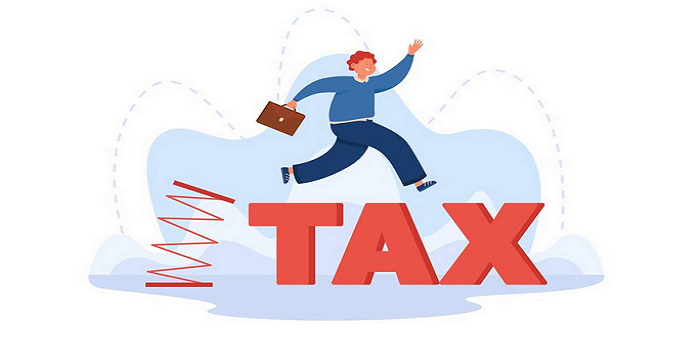Taxation in India: Types, Classification, and More
The “Taxation in India” is structured so that both the Central Government and State Governments impose taxes. Additionally, local authorities, including municipalities and local governments, may levy some minor taxes. To effectively operate the government and oversee state affairs, funding is necessary. Consequently, the government collects taxes in various forms on the incomes of individuals and businesses.
Classification of Taxation in India
- Direct Taxation in India
- Indirect Taxation in India
Direct Taxation in India
Direct tax is paid directly by an individual or organization to an imposing entity like government Direct Taxes are based on the ability-to-pay principle, which means that if you earn more, your rate of tax is also more.The purpose of Direct Tax is to redistribute the wealth of a nation Direct taxes cannot be passed on to a different person or entity The individual or organization upon which the tax is levied is responsible for the fulfillment of the full tax payment.
Indirect Taxation in India
Indirect taxes are those paid by consumers when they buy goods and services. These include excise, service tax (or GST) Indirect taxes are levied equally upon all taxpayers irrespective of their income An indirect tax is a tax that is shifted from one taxpayer to another i.e. collected by one person but actually born by another person
Types of Direct Tax
Income Tax
An tax charged by the government for the amount of income that you earned at the job.The tax is usually on your net income,or the income minus deductions
Corporate Tax
Corporate Tax is a direct tax levied on the net income or profit of a corporate entity from their business, foreign or domestic.
Capital Gains
Capital gains refer to the profits realized from the sale of capital assets like stocks, mutual funds, real estate, or other investments. When you sell a capital asset for a price higher than what you paid for it, the difference between the selling price and the purchase price is considered a capital gain.Tax on capital gains is applicable in the year of sale or transfer of the asset. However, certain exemptions and deductions are available under the Income Tax Act to reduce the tax liability.
- Short Term Capital Gain: Short-term capital gains (STCG) occur when you sell an asset within a certain period These gains are taxed at applicable income tax rates, according to your income tax slab. The holding period for all listed securities is 12 months, and for all other assets, it is 24 months.
- Long Term Capital Gain: Long-term capital gains (LTCG) arise when you hold an asset for a longer duration.All listed securities with a holding period exceeding 12 months are considered Long-Term. The holding period for all other assets is 24 months.
Securities Transaction Tax:
Security Transaction Tax is a tax imposed on the purchase and sale of listed securities, such as shares, bonds, derivatives, and equity-oriented mutual funds. The tax is payable by the buyer or seller, depending on the type of transaction.
Types of Indirect Taxation in India
Goods and Services Tax (GST)
As the name suggests, it is a tax levied when a consumer buys a good or service. It is meant to be a single, comprehensive tax that will subsume all the other smaller indirect taxes on consumption like service tax, etc. This is how it is done in most developed countries.There are 4 types of GST in India, they are:
- CGST (Central Goods and Services Tax) It is central goods and services tax. The revenue collected under cgst is for center government. The tax levied on intra State supply of goods and services for always governed by the central government and state government
- SGST (State Goods and Services Sgst means state goods and services tax revenue collected and goes to the state governments.
- IGST (Integrated Goods and Services Tax) It is integrated goods and services tax. It is leave in the case of interstate supply of goods and services.
- UTGST (Union Territory Goods and Services Tax) Union territory goods and services tax.it is goods and services supplies takes place in the five union territories of India. Its is Andaman and Nicobar islands , Dadar and Nagar haveli, Lakshadweep, Chandigarh, the Andaman Nicobar islands,Daman and Diu.
Customs duty
Custom duty is the taxes imposed on the goods when transported through international borders. It is not included in the product price. It will be charged on it.
Excise duty
Excise duty is a form of indirect tax levied by the government. It is a duty which a manufacturers need to pay at the time of the clearance of goods from their factory.The duty levied is passed to the end user
Service tax
Service tax is an indirect tax that is levied on the provision of services. It is charged by the service provider to the service recipient, who then pays the tax to the government. Service tax is applied to a wide range of services, including telecommunications, financial services, transportation, consulting, and more.
Stamp duty
Stamp duty in simple terms is a kind of tax that it is applied to commercial and non-commercial transactions that create rights. And the administration of such rights is required to be enforced by the State from time to time.
Note: Windfall Tax is a tax that is imposed on the companies that earn extra ordinary profits due to external events.